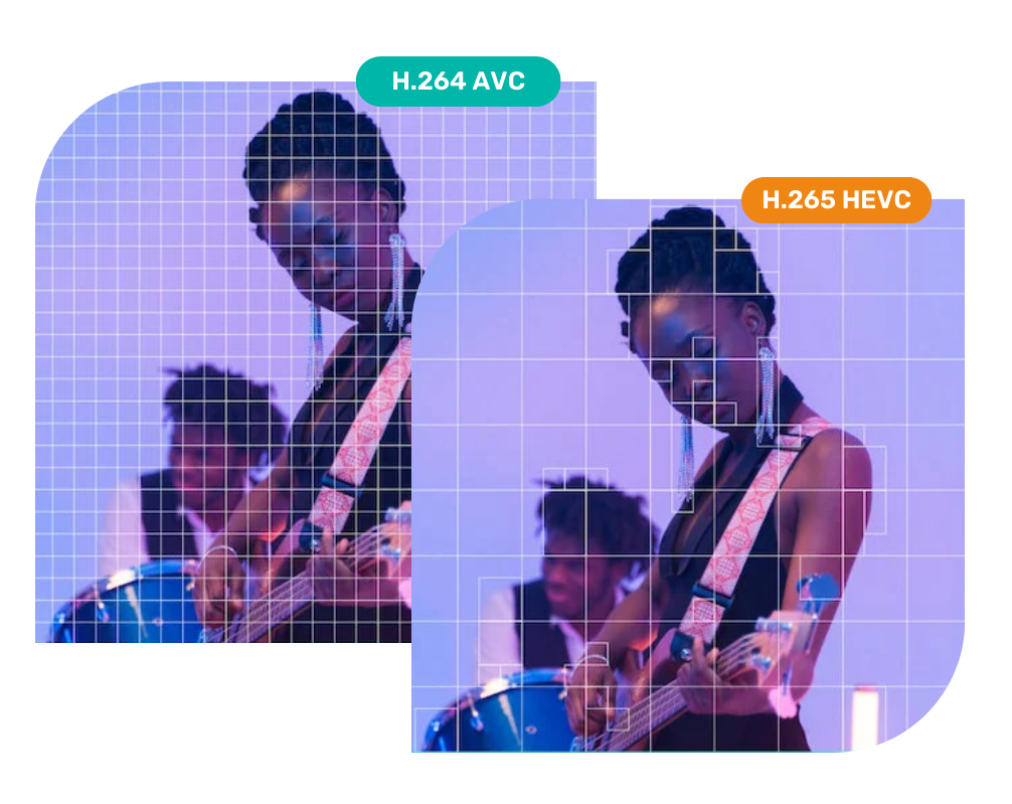

Nowadays the cost of processing video in traditional platforms is increasing, so many companies with a huge demand for live streams want to decrease the cost of video encoding without losing quality and impacting the latency. In those scenarios hardware accelerated solutions came in to face that challenge.

Integrate a new AVC/HEVC hardware accelerated live and low latency encoding system to an existing streaming platform. To achieve this, the dedicated team that faced the challenge had to work with native SDKs provided by the hardware vendor to integrate the encoding implementation at low-level in the streaming platform.
To ensure a successful integration of the platform, the team has followed a series of steps to address different aspects of the project and deliver an optimized solution.
1. Legacy System Analysis and Testing
The team familiarized itself with the platform’s hardware acceleration features that enable video streaming at scale. First, an analysis of all legacy technology is carried out to identify functional issues and potential failures. During this process, the integration process and the changes made to the existing platform are evaluated.
The analysis was crucial to understand the existing technology and its functionalities. It allowed the team to obtain a clear vision of the strengths and weaknesses of the platform, identifying the areas that required improvement and optimization.
An extensive testing process is performed to evaluate the performance of the entire platform, including performance testing and unit testing. It was concluded that the platform was not stable, presenting problems such as memory leaks.
2. Stabilize Integration
In collaboration with the client, the priorities were defined to achieve an integration that would allow users to use the platform in an optimal way. Planning is developed to address the errors, especially the bugs detected. A solid integration that works for extended periods of time without problems is established. In addition, hardware benefits were highlighted, which helped to improve the efficiency and performance of the platform.
3. Feature Enhancement
As part of the platform's continuous improvement process, new features were incorporated into the integrated low-level SDK. During this process, a new version of the SDK was released by the client, requiring the adaptation of the existing platform to leverage the enhancements offered by this latest version.
The latest SDK release includes additional features that were integrated into the platform. This ensures that the platform remains up-to-date and capable of providing an optimal user experience, maximizing the capabilities and benefits provided by the latest version of the SDK.

Features
The successful integration of an efficient AVC/HEVC hardware-accelerated encoding system into the existing streaming platform allowed for reduced video processing costs without compromising quality and latency, satisfying the needs of companies with high demand for live streaming.


The team worked closely with the AMD team to leverage their native SDK and achieve an effective integration. This allowed for hardware-accelerated encoding with Wowza Streaming Engine, improving efficiency and performance. With this solution implemented, video streaming services are able to meet the growing demand for live streaming while reducing their video processing costs. The streaming quality remains high at low, latency, providing an optimal experience for end-users.
By successfully implementing hardware-accelerated encoding, we've achieved a cost-effective solution without compromising quality or latency. This one-time integration streamlines the process for all users deploying Alveo™ U30 accelerators with Wowza Streaming Engine. Whether you're familiar with hardware acceleration or not, Qualabs' integration ensures easy utilization of the Alveo™ U30 for large-scale, low-latency streaming applications.
The team responsible for this project is called the Golden State Quarriors, a specialized video team consisting of a Team Leader and video developers. They receive support from an extended Qualabs team, which assists them in several areas: Delivery, Technology, Client Satisfaction, and People Care.






Delivery Manager: ensures value delivery together with the team, in addition to collaborating with continuous improvement processes.
Tech Manager: in charge of designing, describing and managing the engineering of solutions in relation to specific customer problems.
Client Manager: ensures a better understanding of the client's needs and challenges. Always aligned with the client and the Qualabs culture.
People Ops Manager: accompanies the team in retrospectives and internal team meetings. Assists in the preparation of feedback and encourages team building and cultural alignment.